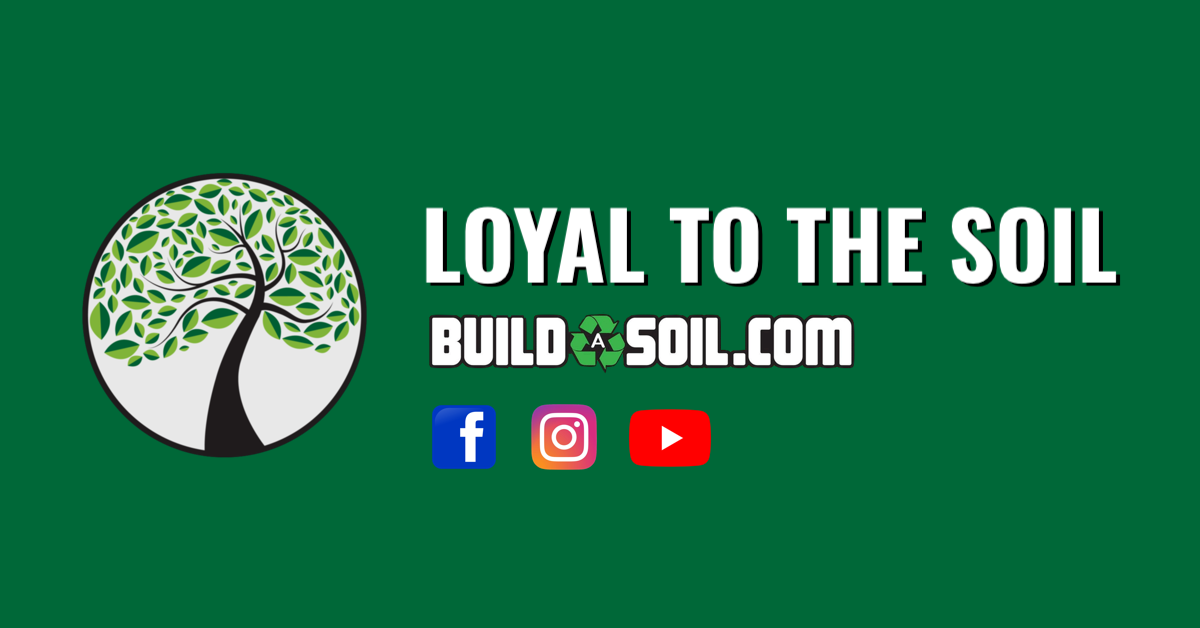ilovereggae
Well-Known Member
Bigger picture there is also a sustainability question since perlite is mined. Looking at things from a permaculture perspective, we should look to use alternatives like pumice, rice hulls, or biochar.
There is also a health issue with perlite with all the dust it creates when mixing soil. Even with a hood and mask and glasses on, it was like a cloud of perlite smog every time I had to work with it. The Roots Organics perlite I used in the past was great but when I ran out of that and couldn't find any more locally, I had gotten a 4 cu ft bag from the garden supply and that shit was terrible. The perlite would crumble and collapse with little pressure and the grading was inconsistent.
There is also a health issue with perlite with all the dust it creates when mixing soil. Even with a hood and mask and glasses on, it was like a cloud of perlite smog every time I had to work with it. The Roots Organics perlite I used in the past was great but when I ran out of that and couldn't find any more locally, I had gotten a 4 cu ft bag from the garden supply and that shit was terrible. The perlite would crumble and collapse with little pressure and the grading was inconsistent.



